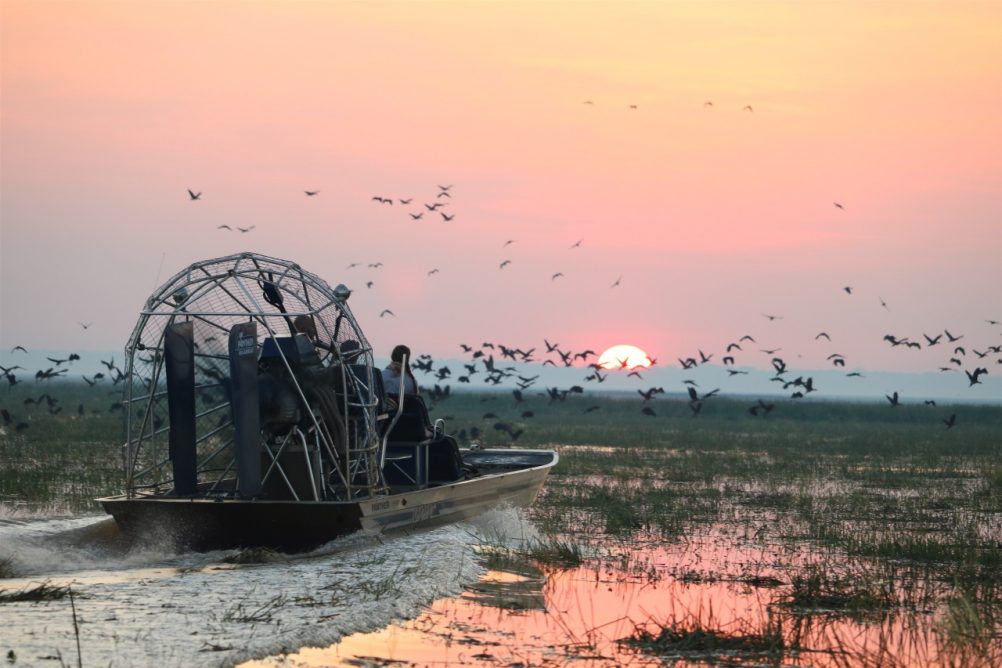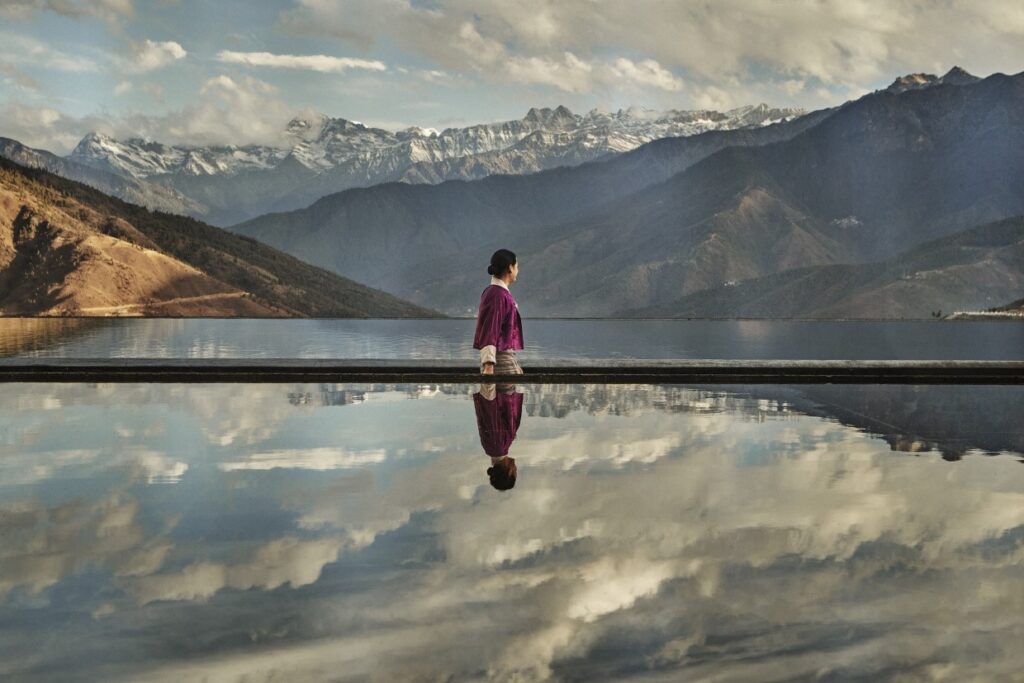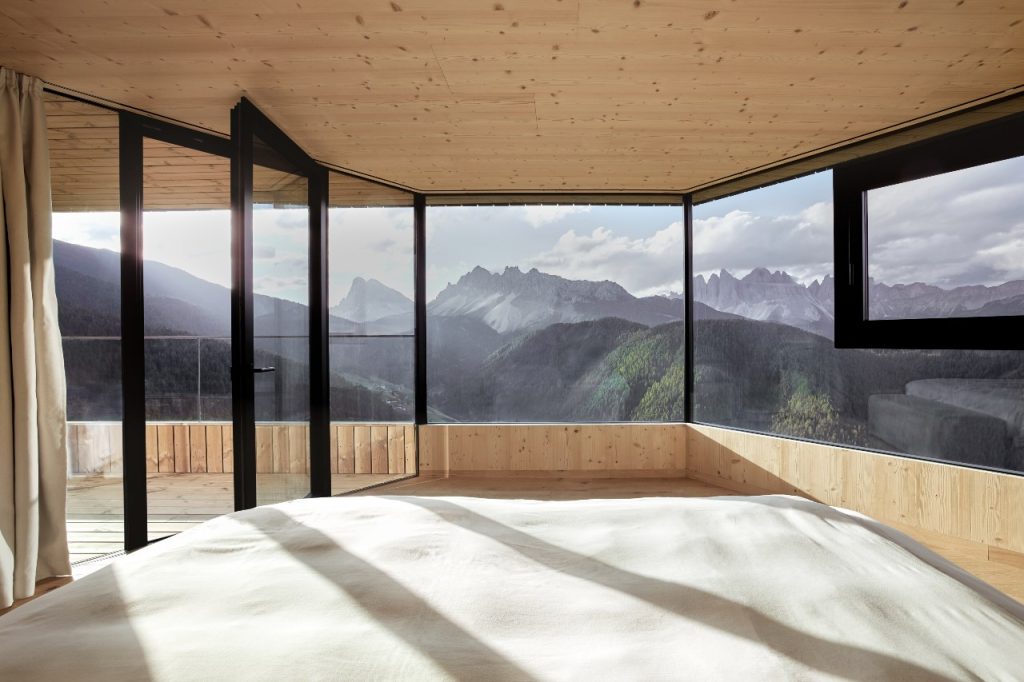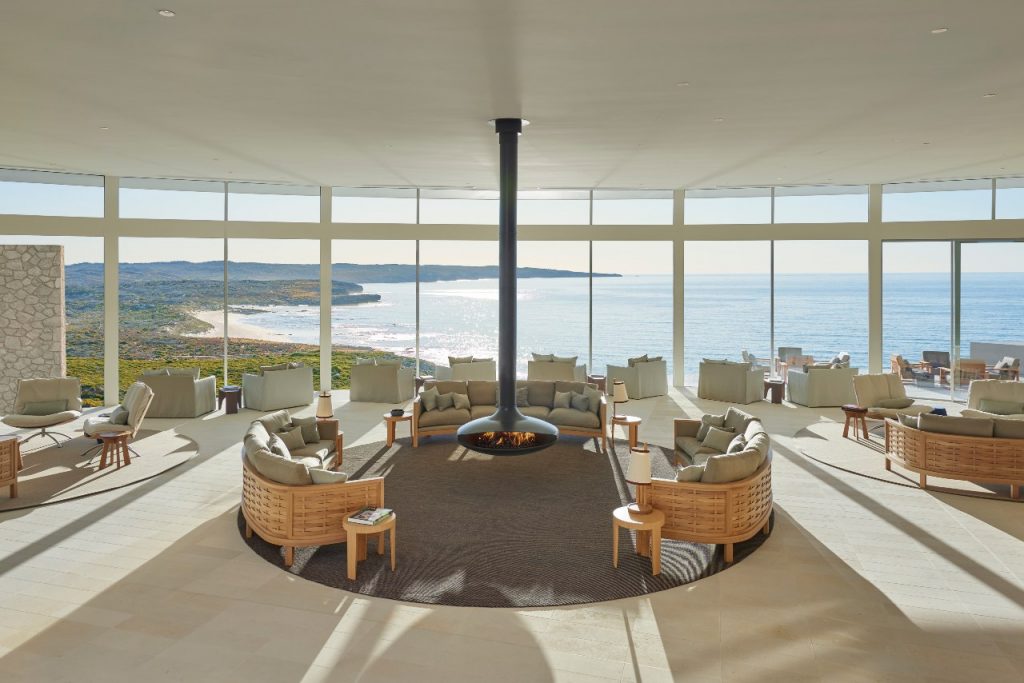Going wild at Bamurru Plains
On safari in the Top End.
Words by Ute Junker
Photos supplied
First published in Explore Travel
The first thing everyone tells me when I arrived at Bamurru Plains, one of Australia’s most unusual luxury lodges, is not to be afraid of the buffalo. “These aren’t like African buffalo – they’re very calm animals,” I’m told several times in my first hour in camp. That’s encouraging, given the amount of buffalo roaming freely between the lodge’s safari-style tents.
The second thing everyone tells me is that the wetlands that surround the lodge are rarely as lush as they are now. “I’ve never seen it this green,” says guide Anna Teneggi. “This was the best wet season we’ve had for years.”
That is not just good news for us, but for any visitors planning to head up to Bamurru Plains – perched on the edge of a vast Top End floodplain, three hours’ drive or 30 minutes’ flight from Darwin – this year.
“We’ve had an amazing year for water, and that’s what drives the whole annual cycle,” says Charlie Carlow of Wild Bush Luxury, which runs the lodge. “Whether it’s the barramundi, the magpie geese, the whistling ducks – we’ll see extraordinary numbers of animals all year.”
It’s not just animal numbers that are soaring. Although international travellers usually make up at least half of the lodge’s clientele, with borders closed Australians are signing up for this safari-style Outback experience in record numbers.
“Bookings are booming – interest from leisure travellers is higher than we’ve ever seen it,” Carlow says. “These are people who might otherwise have gone on safari in Africa or gone on a trip to Europe, and they are looking for something just as memorable to do in Australia.”
Memorable just about sums up the Bamurru Plains experience. There are 10 safari-style tents grouped around the main lodge, but these inviting accommodations barely qualify as tents, given their front doors, their hardwood floors, en suite bathrooms and comfy beds. What sets them apart – beyond the outback chic décor, with decorative corrugated iron and a shower mounted on an old tree trunk – is the mesh walls, cleverly designed to allow you to look out but stop anyone else seeing in.
From my bed I can see kites soaring overhead, egrets stalking along the grass, and plenty of buffalo – the lodge is set on a working buffalo farm. It’s not just watching the wildlife that is so thrilling – as a small agile wallaby hops past, I realise that I can hear the soft thump of its footfalls on the grass. In this tranquil wilderness, nothing drowns out the sounds of nature. It’s a multi-sensory immersion that more than makes up for the fact that there is no Internet, no phone reception, no TV in the tents.
If the in-bed wildlife viewing is good, the morning and afternoon excursions takes things to the next level. Part of the thrill of these excursions is that you never know what you will spot. Our first trip is a drive in one of the safari vehicles, heading out to a place known to the guides as The Nursery. On this grass plain, studded with huge termite mounds, buffalo mothers nurse their young offspring.
It isn’t just the buffalo that capture our attention. As we drive along, we see all sorts of birds. Some are hard to miss, like the noisy corellas or the sea eagle sitting on the skeletal trunk of a dead tree to survey the plain for prey. For others, you need to sharpen your seeing skills. Our guide Anna has to point out the first forest kingfisher – a flash of midnight blue wings which, when it comes to rest, resolves into a small bird with a white breast and a blue head. Soon we spot a second one, then a third, then a whole clutch of them in another tree. Our safari-spotting skills are coming online.
The Nursery is also where we have our first encounter with the brumbies. These elegant wild horses cover a lot of territory – over the next few days we encounter them often, including once in the bush close by the camp. They quickly become some of our favourite sightings, along with a rare glimpse of a dingo that scurries off when we come into view.
It’s not all about game drives at Bamurru. Guests can also head out on fishing trips, on quad bike excursions or – my personal favourite – on one of the lodge’s three airboats. It’s my first experience of an airboat and I am intrigued by their unusual design – the shallow draft vessel has its motor perched at the back above the water, looking something like a giant fan. These airboats skim over the water at speed and are the perfect vehicle for exploring the floodplain.
Being out on the floodplain is an extraordinary experience. From the shore, the lush green looks like a rolling pasture. Once we are out, however, I realise that these long reeds and graces – wild rice and spike rush – are all anchored in the water that has spread out over the floodplain after the wet.
An even bigger surprise, however, is what’s hidden in these rushes. Our visit coincides with magpie goose breeding season and as we cruise through the reeds, we pass one nest after another, made of trampled-down rushes. Each nest has a clutch of eggs in it, usually guarded by a single goose. Our guides explain that the geese live happily in threesomes, two females to a male, and each take turn guarding the eggs.
My favourite spot out on the floodplain is a place the guides refer to cheekily as “KFC” – the Kingfisher Café. The moment we glide into this tranquil stretch of melaleuca forest, we know we are somewhere special. The bottom of the melaleucas’ trunks disappear beneath the water but their canopies soar into the sky where they screen out the glare of the sun, casting a magical green glow over the whole area. Waterlilies float just above the water’s surface, dragonflies dart past. It’s one of the most serene spots I’ve ever been.



